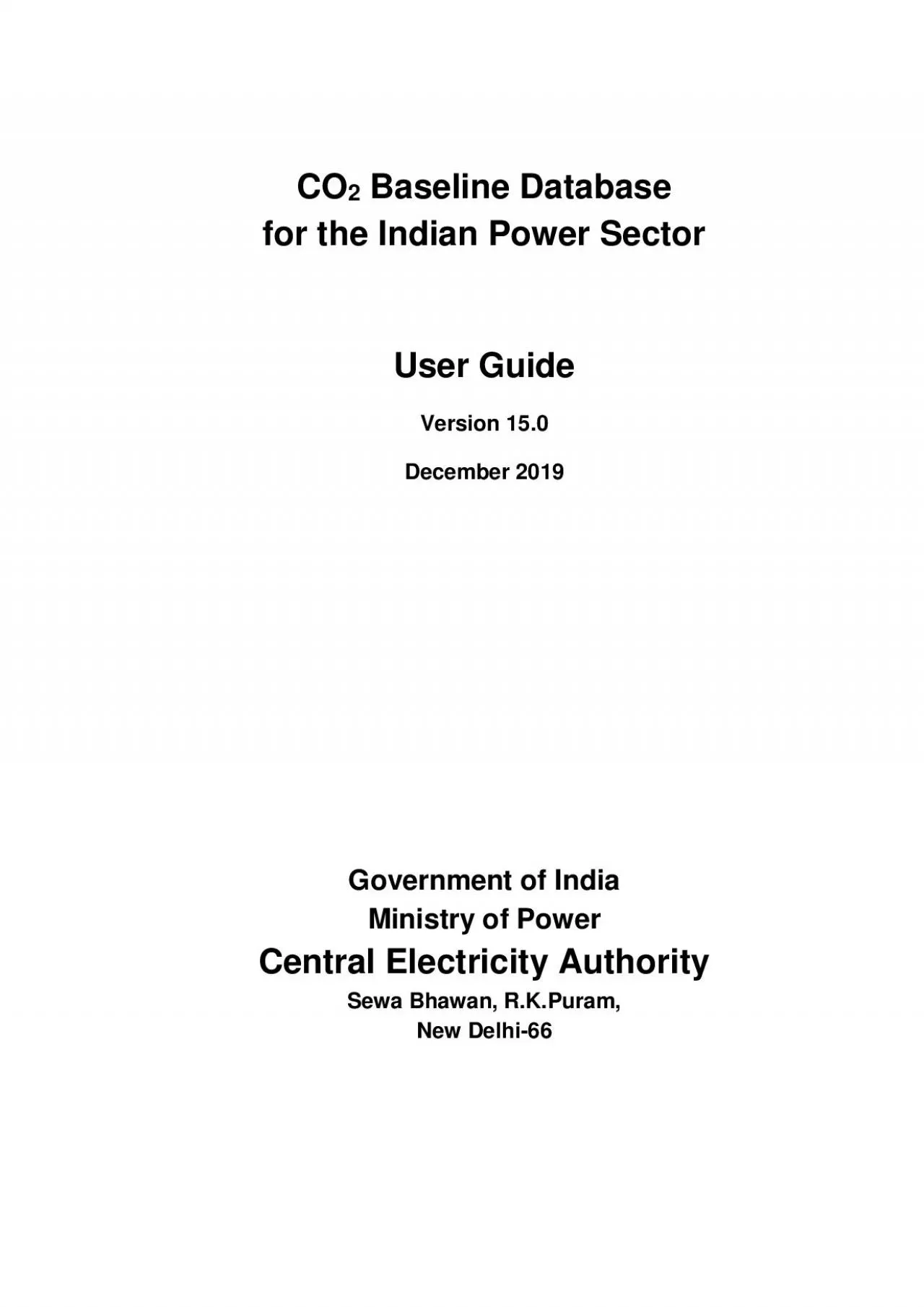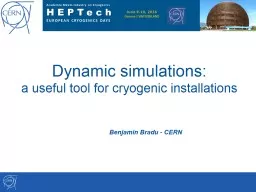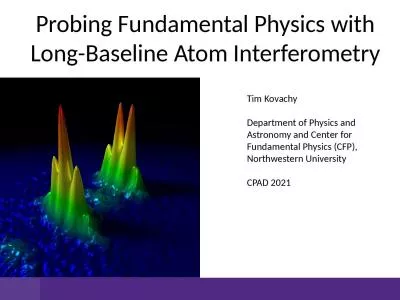PDF-Baseline Database
Author : elyana | Published Date : 2022-08-21
CO 2 for the Indian Power Sector User Guide Version 1 5 0 December 201 9 Government of India Ministry of Power Central Electricity Authority Sewa Bhawan RKPuram
Presentation Embed Code
Download Presentation
Download Presentation The PPT/PDF document "Baseline Database" is the property of its rightful owner. Permission is granted to download and print the materials on this website for personal, non-commercial use only, and to display it on your personal computer provided you do not modify the materials and that you retain all copyright notices contained in the materials. By downloading content from our website, you accept the terms of this agreement.
Baseline Database: Transcript
Download Rules Of Document
"Baseline Database"The content belongs to its owner. You may download and print it for personal use, without modification, and keep all copyright notices. By downloading, you agree to these terms.
Related Documents














